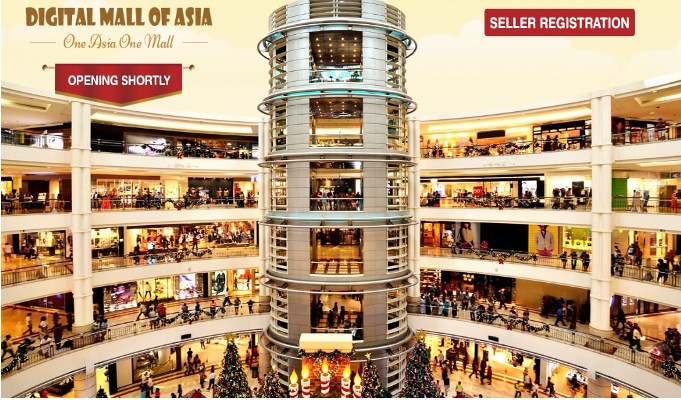
Indian retail leasing activity in major cities slumped 35 percent last year as the country’s economy continued on a sluggish course.
“It’s very obviously not business as usual in the Indian retail sector, and retailers have had to reduce costs – not least of all by realignment of retail spending,” said Anuj Kejriwal, MD and CEO at Anarock Retail.
According to data from real-estate services provider Anarock, Indian retail leasing activity in the nation’s seven largest cities dropped from 5.5 million sqft in 2018 to 3.6 million sqft last year.
The worst-affected sector was fashion where falling consumer spending has impacted the top line of several major retail groups, including V-Bazaar and 1-India Family Mart, both of which say they are scaling back expansion plans this year.
“The apparel industry has been hit with a triple whammy – GST, credit squeeze on small and medium enterprises, and increased competition due to slowdown in global demand,” said Kejriwal.
With spending on fashion declining, there has been “a significant reduction in demand” for new fashion-specific mall spaces among local brands and global brands, he says, are “staying put but not expanding”.
Kejriwal said downward revisions of India’s GDP growth rate are bound to be reflected in the consumption-driven retail industry, with most categories affected.
“Discretionary spending remains low and the ticket sizes of purchases have shrunk – with predictable impact on retail leasing activity. Slow sales and sluggish activity across sectors such as automobiles, fashion and telecom are translating into reduced leasing across retail spaces as players shift their operational strategy,” he said.
Jewelry, electronics, books and music, hypermarkets and men’s formal clothing are other retail categories where leasing activity declined last year.
The standout exceptions in retail are food and beverage, family entertainment centers, cinemas and beauty/wellness boutiques.
“These verticals have seen a decent rise in space leasing and are doing fairly good business depending on factors such as location, accessibility, brands, etc,” said Kejriwal.
“Though rising rentals in prime locations hinder the growth plans of many brands, Indians’ affinity to eating out and entertainment remains undiminished.”
Kejriwal said many Indian retailers must now consider consolidation and realignment of their operational structure. “Long-vision players are taking steps to boost productivity through technological innovations, automation of production and analytics-driven decision making. The retail sector is also renewing its focus on consumer-centric strategies in order to strengthen customer loyalty.”
India’s retail market is predicted to grow to US$1.3 trillion this year, significantly up on the $672 billion of 2017, prompting many retail players to believe that the current slowdown is a short-term phenomenon.
“Optimistic about the future growth prospects of retail, they maintain that the size of the Indian population, consumption and demand will drive organized retail growth in the future,” said Kejriwal.
“However, it will take more than optimism to pull the retail sector out of its current tailspin. What the retail industry needs is strong demand dynamics, sizeable funding and consistent policy support from the government to get past the slowdown.”

